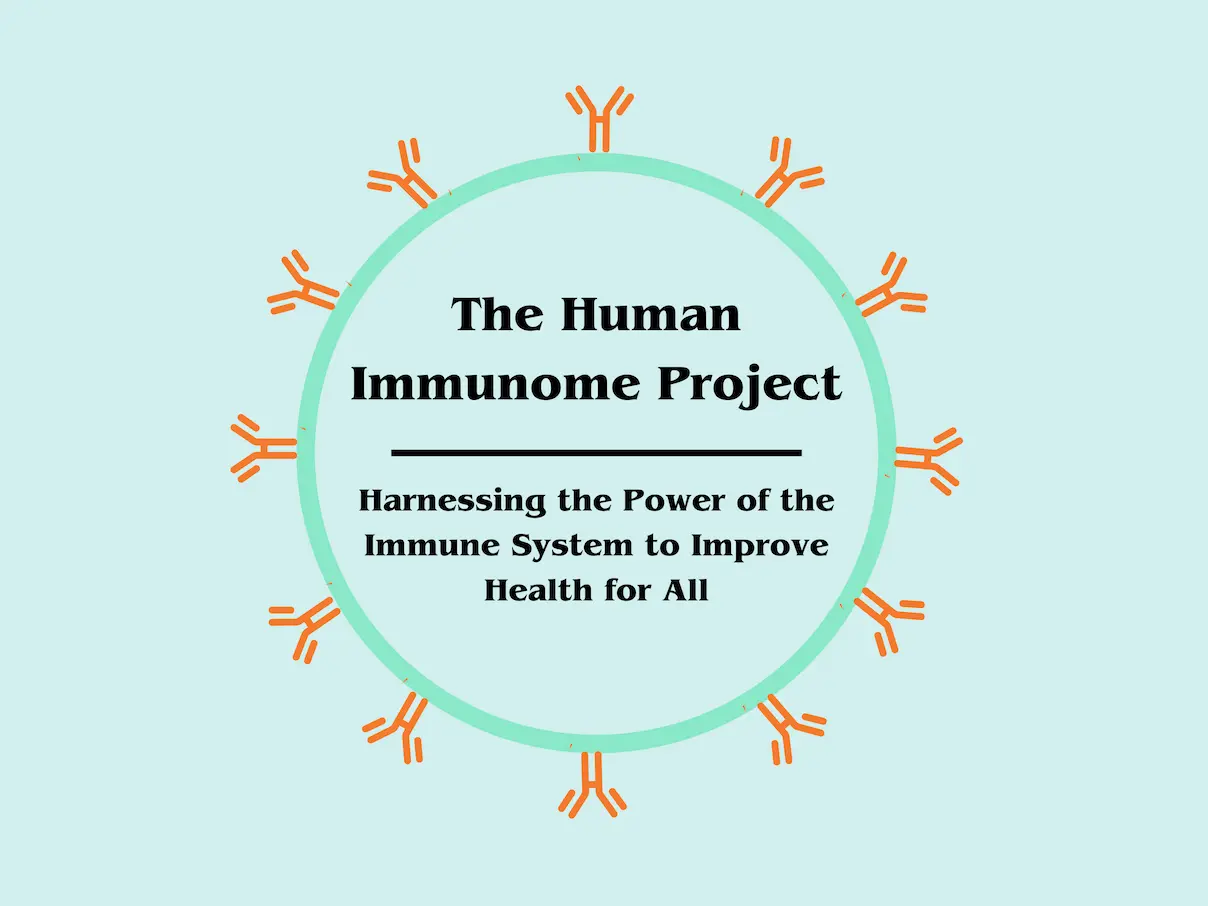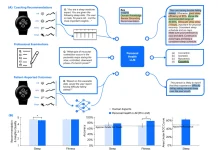In a landmark initiative, the Human Immunome Project (HIP) commenced at a summit in La Jolla, California, bringing immunology specialists together to address the greatest problems in healthcare and develop the largest immunology dataset in history. This ambitious endeavor seeks to revolutionize our comprehension of the human immune system, with the ultimate goal of enhancing global health.
The immune system is our body’s defense mechanism against outside invaders. It resembles a big barrier with numerous defense equipment. It is a whole arsenal of genes and proteins designed to combat disease, which comprises an army of B and T-cell soldiers, antibody shields, and cytokine messengers led by Human leukocyte antigens (HLA). Understanding this complicated system is critical to developing better immunizations, therapies, and even personalized medicine based on your unique immunological fingerprint. The Human Immunome Project is presently exploring this vast environment in the hopes of discovering a path to a healthy future.
What is an immunome?
The human immunome is a complex web of genes, proteins, and cells, representing our entire body’s defense mechanisms. This advanced network coordinates a multi-layered response to pathogenic threats and accurately protects our health. At the center of the immune system are the courageous B and T lymphocytes, specialist troops capable of recognizing and killing foreign intruders. B cells produce a flood of antigen-specific antibodies, molecular shields that neutralize infections and poisons. T-cells, on the other hand, launch direct attacks, destroying contaminated cells while coordinating the overall immune response via cytokine signaling. Cytokines serve as immunome messengers, coordinating communication among immune cells and boosting responses as needed. These chemical signals control everything from inflammation and reinforcement recruitment to the activation of specific effector mechanisms. The human leukocyte antigen (HLA) molecules on our cells’ surfaces provide another degree of complexity. These identity markers let the immune system distinguish between “self” and “non-self,” limiting detrimental attacks on healthy tissues. Variations in HLA genes influence immune responses and disease vulnerability.
The immunome is extremely complicated, comprising a broad range of:
- Immunological cells: They comprise white blood cells such as B cells, T cells, macrophages, and natural killer cells, all of which play specialized functions in immunological defense.
- Antibodies: B cells produce proteins that precisely target and kill pathogens such as viruses and bacteria.
- Chemical messengers: They facilitate communication among immune cells and coordinate their activity called Cytokines.
- Proteins: On cell surfaces, these proteins aid the immune system in distinguishing between “self” and “non-self” by averting attacks on healthy tissues; these are called Human leukocyte antigen (HLA) molecules.
The Human Immunome Project (HIP)
It is a global attempt to collect and evaluate immunological data from people all around the world. HIP data will be used to generate a comprehensive map of the human immune system, aiding in the development of new medications and vaccines and increasing our understanding of disease mechanisms. The Human Immunome Project aims to improve drugs and vaccines by mapping human immune diversity. The HIP is estimated to take several years to complete. However, with great potential benefits, HIP will help us understand the human immune system in greater depth, which will allow us to design more effective treatments for a variety of disorders.
Presently it receives around $5 million per year in funding but could eventually cost billions. HIP is an offshoot of the Human Vaccines Project. The first phase will collect data from 7-10 pioneering sites, where standard operating procedures and quality control will be enhanced on the ground. In the second phase, data will be gathered from over 100 places worldwide. The HIP will also use the data to fuel new artificial intelligence (AI) models that could predict immune system responses across entire populations. The constructed AI engine will concurrently analyze this data, allowing HIP and collaborators to expedite and improve medication, diagnostic, and vaccine discovery, resulting in better health outcomes for all. This will provide valuable insights not only for pharmaceutical companies and governments but also for doctors and patients. “The impacts will be felt globally,” says neuroscientist Hans Keirstead, CEO of the Irvine, California-based project.
HIP will create over 2 trillion immunological measures and will be made publicly available via a central database. Using data from a few pioneering locations, HIP will oversee the creation of an Immune Monitoring Kit (IMK) that will be deployed at over 100 phase two sites to collect data from thousands of patients worldwide.
HIP’s Goals and Methods
The major purpose of the HIP is to establish a comprehensive reference database for the human immune system. This database will contain information about the genes, proteins, and cells that comprise the immune system, as well as how they interact with one another. It will also help collect information on how the immune system reacts to various infections, which will include viruses and bacteria.
The HIP will employ a range of techniques, including:
- To discover the genes involved in the immune response, genome sequencing will be helpful.
- To detect and describe several types of immune cells, researchers will use Immunophenotyping.
- The immune system’s response to different pathogens will be assessed using functional assays.
Impact of HIP
Creating a complete map of the human immune system has the potential to change our understanding of human health and disease. The HIP will allow us to:
- They are more effective, and with fewer negative effects, novel medications and vaccines can be created.
- New diagnostic tests could be created for disease detection.
- Unique treatments tailored to each individual can be created.
- It will help us understand disease mechanisms better.
Challenges of the HIP
- Creation of new methods for storing and analyzing collected data from a wide and diverse group of people.
- Some experts have differing views, believing that the initiative is overly ambitious and will need more data to be useful.
- Another challenge is HIP funding will require a supersized budget of about $1 billion to $3 billion over the next 10 years.
Conclusion
The HIP is a promising project that will lead to significant improvement in the medical industry and human health. By collecting and evaluating immunological data from varied populations, the HIP aims to:
- Identifying new immunological targets may lead to the creation of more effective vaccinations and immunotherapies.
- Understand immunological variation: Individual differences in the immunome can affect disease risk and treatment response.
- Personalized medicine: Tailoring medications to a patient’s unique immunome may improve efficacy and lessen negative effects.
There are numerous hurdles to overcome as the project is still in its early phase; however, it holds immense potential. Its major purpose is to establish a comprehensive reference database for the human immune system, which will unlock the doors to several opportunities.
Article Source: Reference Article | More information about HIP can be accessed at the Website
Follow Us!
Learn More:
Anchal is a consulting scientific writing intern at CBIRT with a passion for bioinformatics and its miracles. She is pursuing an MTech in Bioinformatics from Delhi Technological University, Delhi. Through engaging prose, she invites readers to explore the captivating world of bioinformatics, showcasing its groundbreaking contributions to understanding the mysteries of life. Besides science, she enjoys reading and painting.
















